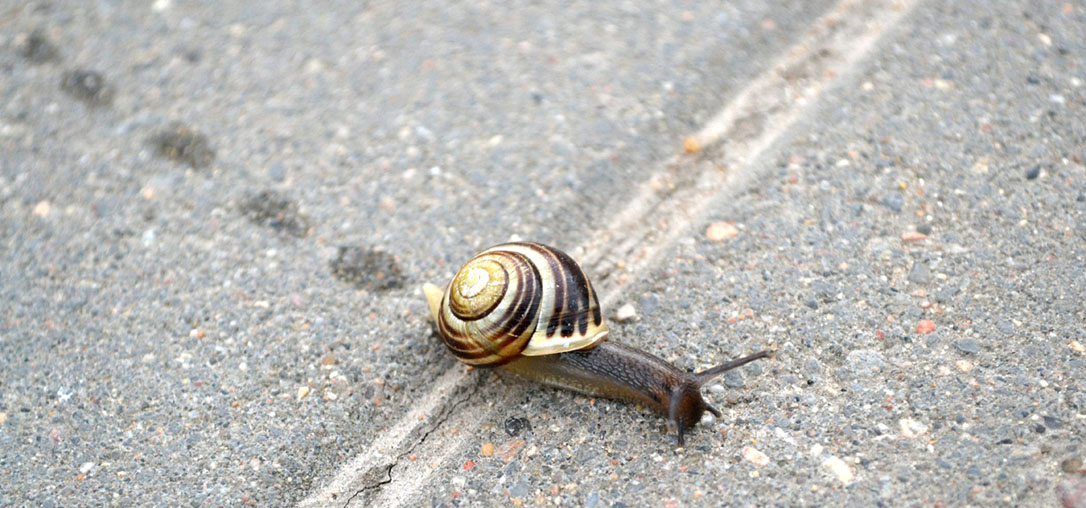Slime Trail
Finding a network of silvery slime trails on plants or outdoor surfaces usually goes hand in hand with extensive leaf damage to foliage plants. By learning to recognize slime trails when they first appear, you can take steps to stop the leaf-damaging pests that leave them.Snails
Snails are mollusks with hard, external shells. They travel along on a muscular foot that sometimes gets lifted as they move. Snail slime aids movement and helps these pests adhere to surfaces. Signs of snail-generated slime trails include:- Fresh or dried mucus paired with large, irregular holes on leaves
- Solid or dotted mucus trails that appear overnight
- Transparent slime that dries to a silvery sheen
- Trails that lead to snails, often in damp garden debris
Slugs
Like snails, slugs are mollusks that move on a muscular foot, but slugs lack the hard external shells that snails have. Slug mucus helps these moisture-dependent pests stay lubricated and traverse surfaces. Signs of slugproduced slime trails include:- Shiny mucus trails on foliage marred by large, irregular holes
- Solid trailing lines of wet mucus or silvery dried slime
- Slime and leaf damage that happens at night
- Trails that lead to slugs hiding in soil or wet plant litter
Photo credit: Andrew E. Larsen (CC BY-ND 2.0)






